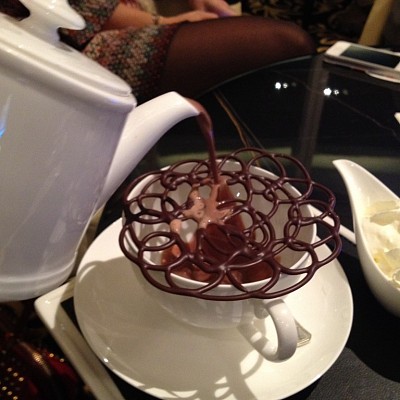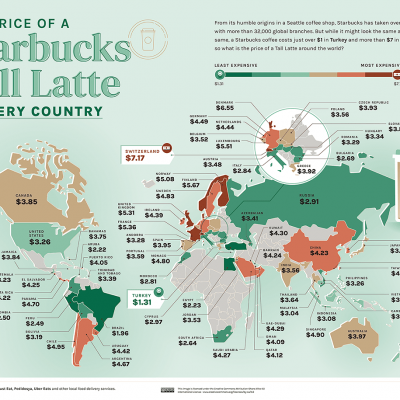Everybody knows that fruit is good for us, but it is a rarer thing to hear the specific health advantages of home-grown fruit. In fact, taking to the garden to produce your household fruit supply is an all-around health-booster, promoting physical activity, giving control over fertilizers and pesticides, and hopefully encouraging greater consumption of the good stuff. Thankfully, it is not as tricky to keep a supply of local fruit running from autumn through to summer as one might imagine.
Raspberries, blueberries, and peaches, for example, should come to fruition just in time to liven up summer cocktails, and it’s possible to harvest those raspberries after just one year of cultivation. Your peach tree will need to go somewhere that the sun can reach it, whereas berries tend to be able to handle a bit of shade.
The exotic persimmon may not immediately leap to mind as a potential fruit for your garden, but along with cranberries and blackberries it can be relied upon to brighten up the colder months. Cactus pear is a good option when thinking ahead to winter pies for those with sandy soil.
And it’s never a bad time for a banana. Keep the crop protected in cold times, and those banana plants will reward you all year round – and without the risk of alien predators leaping out at you!
If you’re worried that you don’t have enough space to make home-grown fruit work, think again. Potted fruit trees and trellises for wall-grown bushes are great ways to maximize space and brighten up a cramped yard. Pruning actually encourages a greater yield, making a smaller plot both manageable and, ahem, fruitful.
Our handy new infographic lays out all the best options for home-grown fruit so that you can match your soil type and climate to your preferred fruits and create a calendar that matches your needs. Get planting today, and you’ll soon be reaping the benefits of fresh air, lush surroundings, and healthy fruits whose sweetness is embellished with a hint of accomplishment.







































